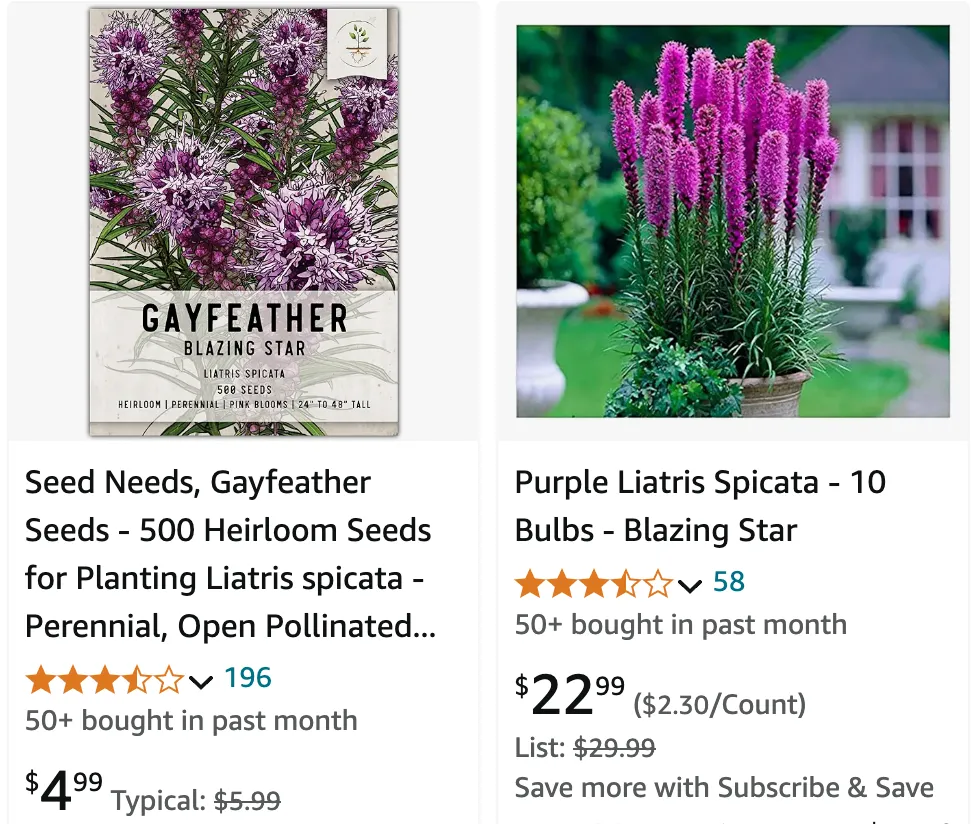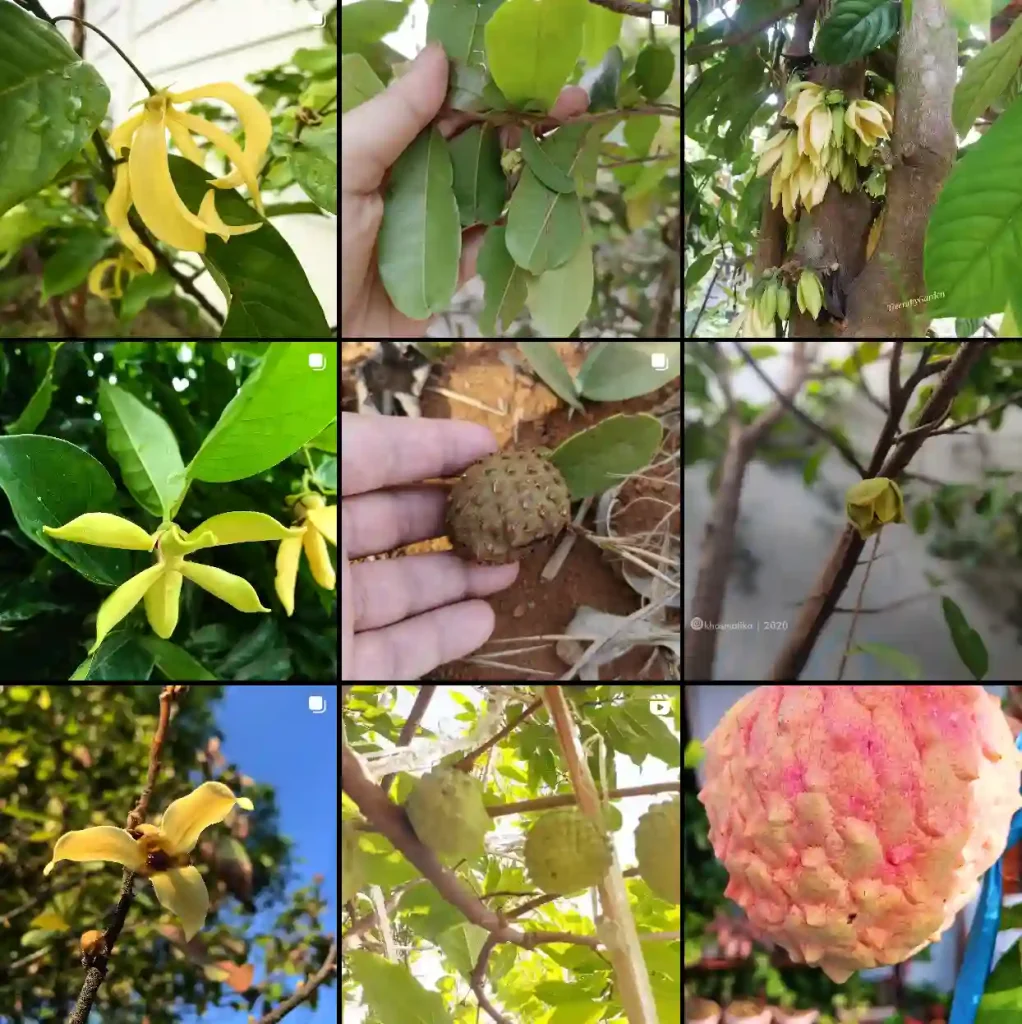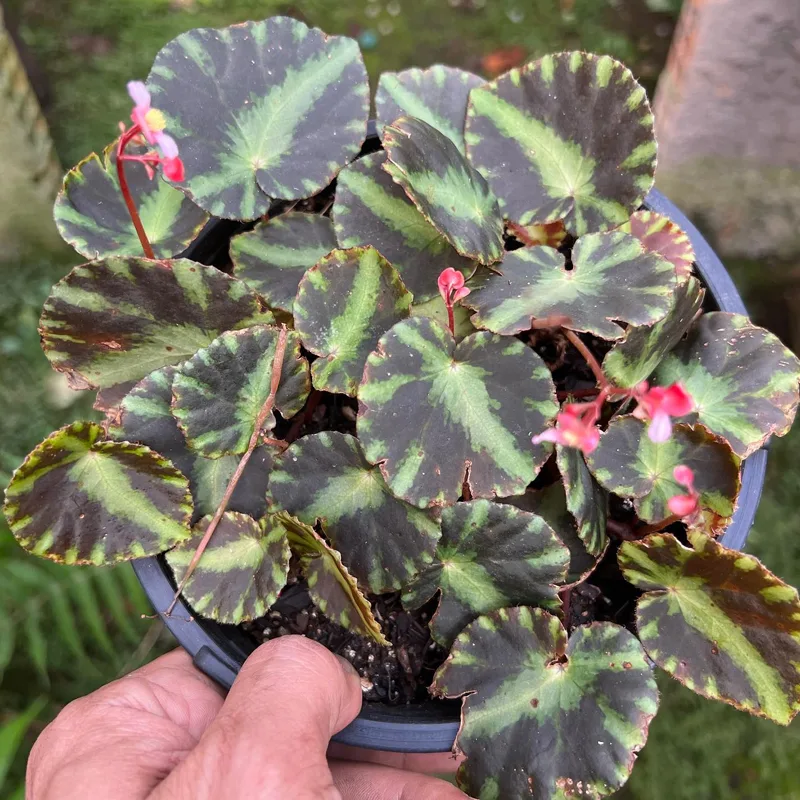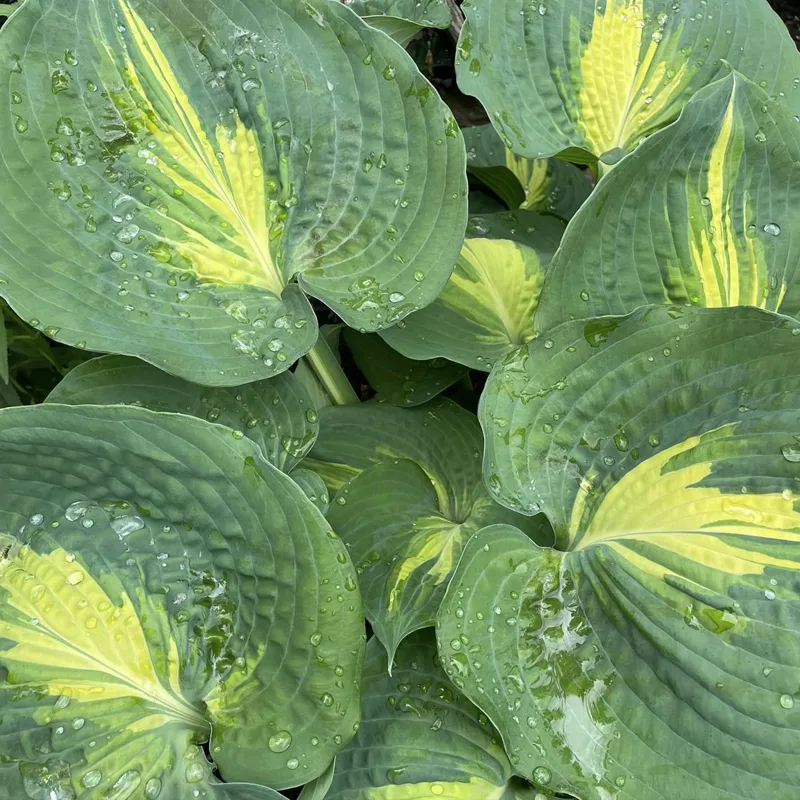
Liatris: A Personal Journey with Blazing Stars
My name is Ferb Vu, and I’ve always been drawn to the vibrant hues and unique forms of wildflowers. Among my favorites is the genus Liatris, commonly known as blazing stars or gayfeathers. These striking plants, with their tall, slender stems and feathery flower spikes, bring a touch of wild beauty to any landscape.
I first encountered Liatris as a child, exploring the meadows and prairies near my home. The sight of those purple plumes dancing in the summer breeze left an indelible mark on my memory. Since then, I’ve made it my mission to learn everything I can about these fascinating plants.
A Closer Look at Liatris
Liatris is a genus of perennial flowering plants belonging to the Asteraceae family. Native to North America, these hardy plants thrive in a variety of habitats, from dry prairies and open woodlands to moist meadows and roadsides. They are characterized by their upright, unbranched stems, which are typically adorned with dense, button-like flower heads that bloom from the top down.
The flowers themselves are a sight to behold, ranging in color from vibrant purple and lavender to delicate white and pink. Their fluffy texture and unique shape, reminiscent of a bottle brush or a burning torch, make them a favorite among pollinators like bees, butterflies, and hummingbirds.
Species in Liatris
The genus Liatris encompasses a diverse array of species, each with its own unique characteristics and charm:
- Liatris acidota Engelm. & A.Gray
- Liatris aestivalis G.L.Nesom & O’Kennon
- Liatris aspera Michx. Plant FAQs: Liatris Aspera
- Liatris boykinii Torr. & A.Gray
- Liatris bracteata Gaiser
- Liatris bridgesii (Mayfield) G.L.Nesom
- Liatris carrizana (Gaiser) G.L.Nesom
- Liatris chapmanii Torr. & A.Gray
- Liatris cokeri Pyne & Stucky
- Liatris compacta Rydb.
- Liatris cylindracea Michx.
- Liatris cymosa K.Schum.
- Liatris elegans (Walter) Michx.
- Liatris elegantula K.Schum.
- Liatris fallacior (Lunell) Rydb.
- Liatris × freemaniana J.R.Allison
- Liatris × frostii Gaiser
- Liatris garberi A.Gray
- Liatris × gladewitzii (Farw.) Farw. ex Shinners
- Liatris glandulosa G.L.Nesom & O’Kennon
- Liatris gracilis Pursh
- Liatris helleri Porter
- Liatris hesperelegans G.L.Nesom
- Liatris hirsuta Rydb.
- Liatris × johnsonii Matt White
- Liatris laevigata Nutt.
- Liatris lancifolia (Greene) Kittell
- Liatris ligulistylis (A.Nelson) K.Schum. Plant FAQs: Liatris Ligulistylis
- Liatris × macdanieliana J.R.Allison
- Liatris microcephala K.Schum.
- Liatris ohlingerae B.L.Rob.
- Liatris oligocephala J.R.Allison
- Liatris × orzellii G.L.Nesom
- Liatris patens Kral & G.L.Nesom
- Liatris pauciflora Pursh
- Liatris pilosa (Aiton) Willd.
- Liatris provincialis R.K.Godfrey
- Liatris punctata Hook. Plant FAQs: Liatris Punctata
- Liatris pycnostachya Michx. Plant FAQs: Liatris Pycnostachya – Prairie Blazing Star
- Liatris quadriflora (Chapm.) E.L.Bridges & Orzell
- Liatris × ridgwayi Standl.
- Liatris scariosa (L.) Willd.
- Liatris spheroidea Michx.
- Liatris spicata (L.) Willd. Plant FAQs: Liatris Spicata – Dense Blazing Star – Button Snakewort
- Liatris squarrosa (L.) Michx.
- Liatris squarrulosa Michx.
- Liatris × steelei Gaiser
- Liatris tenuifolia Nutt.
- Liatris tenuis Shinners
- Liatris virgata Nutt.
- Liatris × weaveri Shinners
What Do Liatris Seedlings Look Like?
Liatris seedlings are slender and grass-like when they first emerge. They have narrow leaves that gradually widen as they grow. Recognizing these seedlings helps me avoid accidentally weeding them out.
When to Plant Liatris Bulbs?
I usually plant my Liatris bulbs in the spring, right after the last frost has passed. This timing ensures that the soil has warmed up sufficiently, giving the bulbs the best chance to establish themselves. If you miss the spring planting window, you can also plant them in the fall, but ensure they are in the ground at least six weeks before the first frost.
How to Plant Liatris Bulbs? How Deep to Plant Liatris Bulbs?
Planting Liatris bulbs is quite straightforward. I dig holes about 2-3 inches deep and space the bulbs 12-15 inches apart. I place the bulb in the hole with the pointed end facing up, cover it with soil, and water it thoroughly. The spacing ensures that each plant has enough room to grow without overcrowding.
When Does Liatris Bloom?
Liatris typically blooms from mid-summer to early fall. In my experience, the blooming period can last from July to September, depending on the climate and growing conditions. The tall spikes of vibrant flowers are a delightful sight in the garden during this time.
Does Liatris Spread?
Yes, Liatris does spread, but not aggressively. It spreads through its underground corms, gradually forming larger clumps over time. In my garden, I occasionally need to divide the clumps every few years to manage their spread and ensure healthy growth.
Is Liatris a Perennial?
Liatris is a perennial plant, meaning it comes back year after year. I love that I don’t have to replant it annually, and it continues to thrive with minimal care. Its hardiness makes it a reliable choice for my garden.
Is Liatris Deer Resistant?
One of the reasons I adore Liatris is its deer resistance. Deer tend to avoid this plant, making it a great choice for gardens in areas with deer problems. Its bitter taste and tough foliage make it unappealing to these garden pests.
What Colors Do Liatris Come In?
Liatris primarily comes in shades of purple and white. In my garden, I grow the common purple variety, but the white Liatris, known as Liatris spicata ‘Alba,’ adds a beautiful contrast to the garden’s color palette.
When to Cut Back Liatris?
I cut back Liatris in late fall, after the flowering period is over and the foliage has died back. Cutting back the stems to ground level helps tidy up the garden and prevents any potential pest or disease issues over the winter.
Can Liatris Be Grown in Pots?
Absolutely, Liatris can be grown in pots. I use a well-draining potting mix and choose a deep pot to accommodate the long roots. Container-grown Liatris requires regular watering, especially during dry spells, to prevent the soil from drying out completely.
How to Deadhead Liatris?
Deadheading Liatris is simple. I remove the spent flower spikes by cutting them back to the base of the plant. This encourages the plant to focus its energy on producing more flowers rather than seed formation.
Liatris vs Gayfeather
Liatris is often referred to as Gayfeather, but they are the same plant. The name Gayfeather describes the fluffy, feather-like appearance of the flower spikes. Knowing this, I use the terms interchangeably when talking about this plant.
Liatris vs Loosestrife
Liatris and Loosestrife are different plants. Liatris has tall, spiky flowers and is a perennial, while Loosestrife typically has a more bushy growth habit with smaller flowers and can be invasive. I prefer Liatris for its manageable growth and vertical appeal.
What to Plant with Liatris?
I love pairing Liatris with other sun-loving perennials like Echinacea, Rudbeckia, and Coreopsis. These plants complement Liatris well, creating a vibrant and diverse garden display that attracts pollinators.
By following these guidelines, I’ve found Liatris to be a resilient and rewarding addition to my garden. Its striking flower spikes, ease of care, and deer resistance make it a favorite for any garden enthusiast.
If i die, water my plants!



